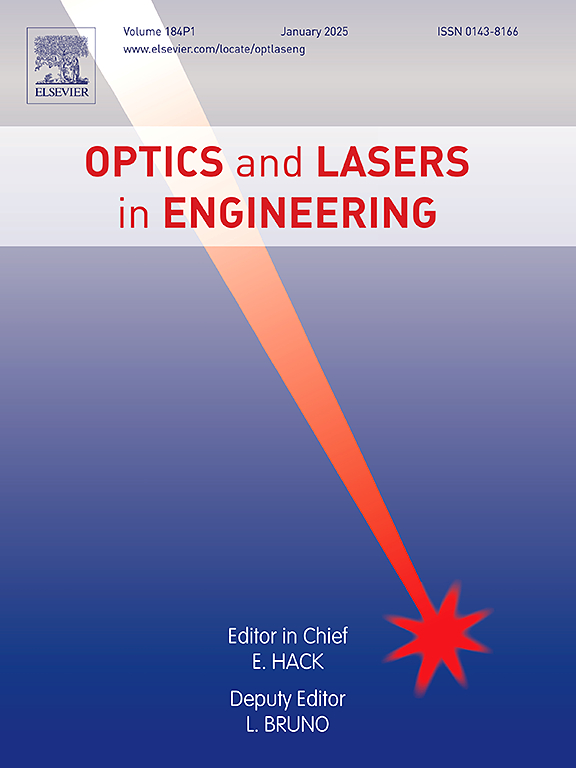基于光传输矩阵分解的被动非视线行人成像
IF 3.5
2区 工程技术
Q2 OPTICS
引用次数: 0
摘要
被动非视距(NLOS)成像扩展了观察者的感知范围,在自动驾驶和紧急救援等领域提供了有前景的应用。然而,主流的被动非直瞄成像方法通常仅限于不到6米的距离,并且通常依赖于单个模拟的光传输矩阵,忽略了亮度和反射特性。为了克服这些局限性,我们采用红外相机捕获来自远距离的中继信号,并引入了基于光传输矩阵分解的非直瞄行人成像算法(NLOS-LTMD)。该创新算法将光传输矩阵模拟为两部分:用于重建亮度的照明传输矩阵和用于增强轮廓的反射传输矩阵。此外,我们提出了一种面向照明的变换器(IO变换器),该变换器利用阈值分割根据照明信息的强度来识别信息量最大的区域,解决了在上下文建模过程中引入噪声和低信噪比区域的问题,这可能会降低成像质量。定量和定性实验表明,NLOS-LTMD在鲁棒性和重建质量方面明显优于现有方法。本文章由计算机程序翻译,如有差异,请以英文原文为准。
Passive non-line-of-sight pedestrian imaging based on light transport matrix decomposition
Passive non-line-of-sight (NLOS) imaging extends the observer's perceptual range, offering promising applications in fields such as autonomous driving and emergency rescue. However, mainstream passive NLOS imaging methods are generally limited to distances of less than 6 meters and often rely on a single simulated light transmission matrix, overlooking brightness and reflection characteristics. To overcome these limitations, we employ an infrared camera to capture relayed signals from long distances and introduce the NLOS Pedestrian Imaging Algorithm based on Light Transport Matrix Decomposition (NLOS-LTMD). This innovative algorithm simulates the light transport matrix in two parts: an illumination transport matrix for reconstructing brightness and a reflection transport matrix for enhancing contours. In addition, we propose an Illumination-Oriented Transformer (IO-Transformer) that utilizes threshold segmentation to identify the most informative regions based on the intensity of illumination information addressing the issue of introducing noise and low-SNR regions during contextual modeling, which can degrade imaging quality. Quantitative and qualitative experiments demonstrate that NLOS-LTMD markedly surpasses existing methods in both robustness and reconstruction quality.
求助全文
通过发布文献求助,成功后即可免费获取论文全文。
去求助
来源期刊

Optics and Lasers in Engineering
工程技术-光学
CiteScore
8.90
自引率
8.70%
发文量
384
审稿时长
42 days
期刊介绍:
Optics and Lasers in Engineering aims at providing an international forum for the interchange of information on the development of optical techniques and laser technology in engineering. Emphasis is placed on contributions targeted at the practical use of methods and devices, the development and enhancement of solutions and new theoretical concepts for experimental methods.
Optics and Lasers in Engineering reflects the main areas in which optical methods are being used and developed for an engineering environment. Manuscripts should offer clear evidence of novelty and significance. Papers focusing on parameter optimization or computational issues are not suitable. Similarly, papers focussed on an application rather than the optical method fall outside the journal''s scope. The scope of the journal is defined to include the following:
-Optical Metrology-
Optical Methods for 3D visualization and virtual engineering-
Optical Techniques for Microsystems-
Imaging, Microscopy and Adaptive Optics-
Computational Imaging-
Laser methods in manufacturing-
Integrated optical and photonic sensors-
Optics and Photonics in Life Science-
Hyperspectral and spectroscopic methods-
Infrared and Terahertz techniques
 求助内容:
求助内容: 应助结果提醒方式:
应助结果提醒方式:


